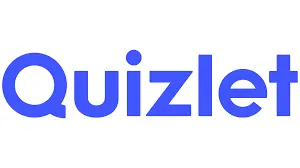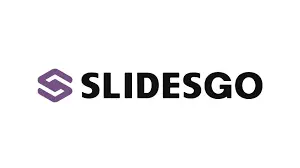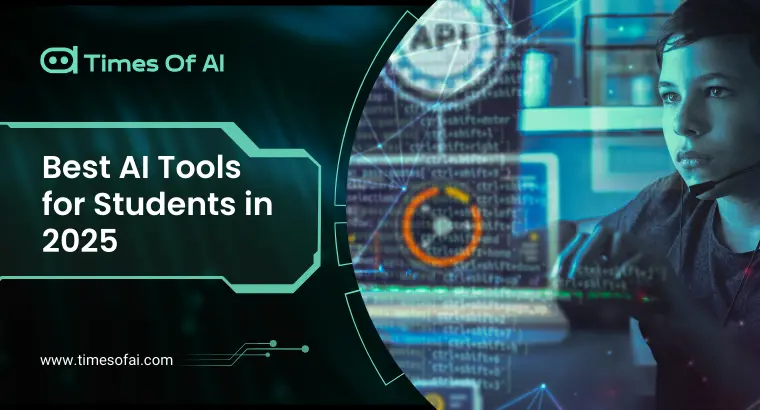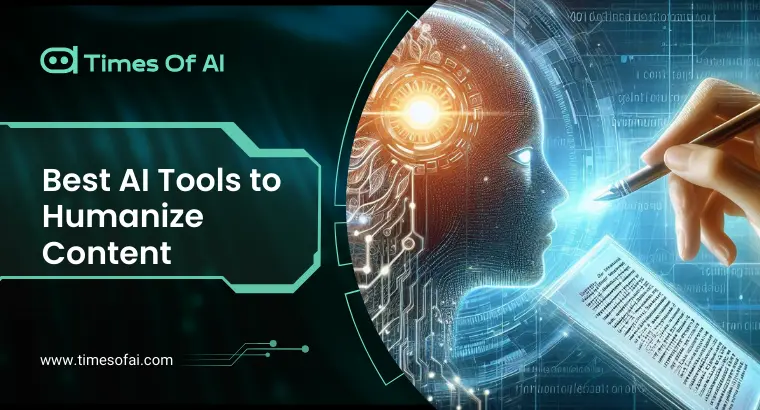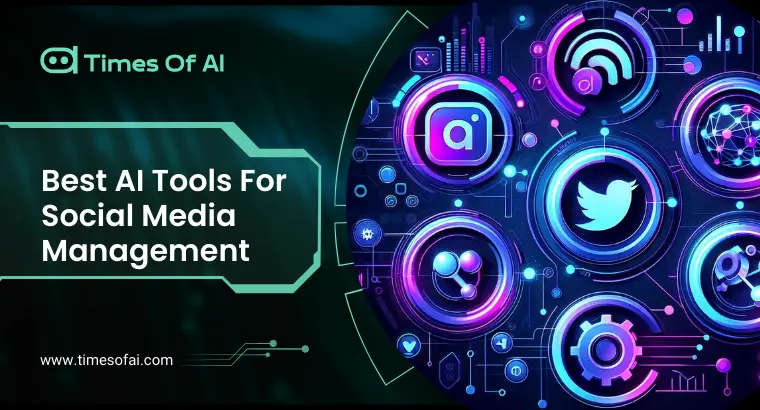
5 Best AI Tools for Students in 2025
The role of artificial intelligence cannot be denied. They have proved compatible enough to work in almost every industry, such as medicine, business, and even technical data analysis. When it comes to creative fields or education, students undergo a lot of challenges. Among the many tools available online, some tools can aid in research, studying, real-time assistance, and finding effective materials to study. In 2025, AI tools for learning have become essential, assisting students in a wide range of academic fields in increasing their output, improving their understanding, and increasing their efficiency in research. These technologies use sophisticated algorithms to create dynamic learning environments, automate time-consuming tasks, and give immediate feedback.
Key Takeaways
- AI technologies improve studying, research, and real-time support, increasing the effectiveness and personalization of learning.
- Interactive interaction, automated research, immediate feedback, and personalized learning.
- Enhanced cooperation, efficiency, understanding, and time management.
- Over-reliance on AI, privacy issues, a decline in innovation, and moral conundrums.
- AI-powered educational resources that are more flexible, interactive, and customized.
Best AI Tools for Students Explained
| Tools | Best For | Prices | Platform Compatibility |
|---|---|---|---|
| Quizlet | Language learning, flashcards, and study tools | Month: $7.99/month Annual: $2.99/month |
Web, iOS, Android |
| Elsa | English pronunciation improvement and language learning | Team Plan: $18.20/User/month ELSA SCHOOL PLAN: Contact Sales | iOS, Android |
| Notion | Note-taking, task management, project collaboration | Free: $0
Plus: $10 per seat/month Business: $15 per seat/month Enterprise: Contact Sales |
iOS & Android Mac & Windows |
| Slidesgo | AI presentation maker and AI quiz maker | Month: $5.99/month | Web |
| Julius | Analyze data with computational AI | Lite: $20/month Standard: $45/month Pro: $60/month Team: $70/month |
Web, API integration |
Let’s explore the 5 top AI tools for students in detail:
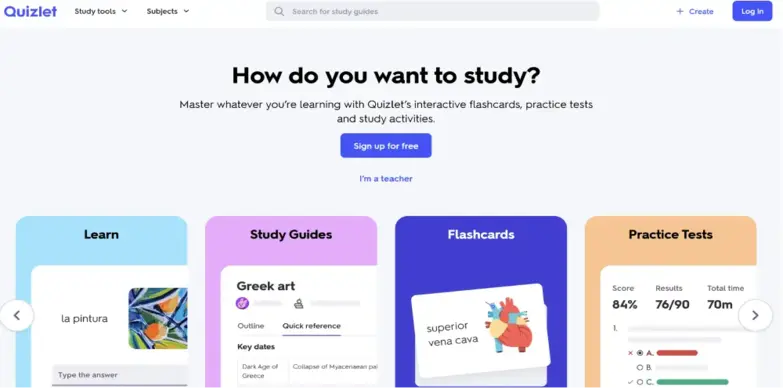
Introduction
Through interactive games, practice exams, and digital flashcards, Quizlet is an American online learning platform that lets users create, share, and study customizable material. The site’s main feature is user-generated material, which enables users to produce “study sets” with definitions and words specific to their learning goals. Several study modes can be used with these sets, including Flashcards, Learn, Write, Spell, Test, Match, and Gravity. Using a freemium business model, Quizlet offers basic capabilities without charge and premium memberships like “Quizlet Plus” for more features, including offline access, ad-free learning, and sophisticated content development tools. This method guarantees accessibility while letting users customize their education to suit their own requirements.
Key Feature
- Quizlet uses artificial intelligence to provide customized study materials that adjust to each user’s unique learning preferences, improving comprehension and retention.
- To accommodate varying learning styles, the platform provides a variety of study modes, such as Find, Write, Spell, Test, and Flashcards.
- The extensive content library offers a wealth of study resources, including millions of user-generated study sets covering almost a variety of disciplines.
- Including features like “Match” and “Gravity” makes learning more fun and engaging.
Pros & Cons
- Interactive techniques for memory retention and comprehension
- Smooth learning across platforms
- Accessible on both iOS and Android smartphones
- A cooperative learning atmosphere is enhanced by promoting material sharing
- Users can track learning progress and pinpoint areas of development
- The quality of study materials is not the same for everyone
- Limited subscription options are available
Pricing
- Month: $7.99/month
- Annual: $2.99/month
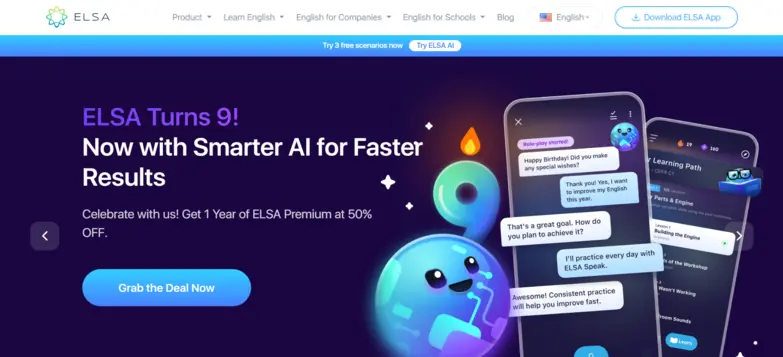
Introduction
A cutting-edge AI-powered tool called ELSA was created to improve English language competency, primarily emphasizing conversational and pronunciation abilities. ELSA, which stands for English Language Voice Assistant, was created to empower language learners. Fundamental to ELSA’s operation is its in-house artificial intelligence engine, which carefully examines users’ speech patterns to identify pronunciation mistakes down to the phoneme level. By allowing students to pinpoint and fix individual errors, this accurate feedback system promotes more accurate and self-assured speaking. The website provides an extensive collection of more than 7,100 AI language learning exercises covering a range of language learning topics, including vocabulary expansion, grammatical improvement, and accent removal.
Key Feature
- Enhances communication abilities by putting users through virtual dialogues to practice real-life situations.
- Provides thorough feedback on fluency, intonation, and pronunciation, enabling users to pinpoint and enhance certain areas.
- Provides prompt corrections throughout workouts and tracks development over time to guarantee ongoing success.
- Access to more than 8,000 brief lessons on a range of subjects that can be customized according to the learning requirements of each customer.
- Focuses on areas that need development and adjusts lessons according to each student’s success.
Pros & Cons
- Utilizes advanced AI to provide personalized pronunciation feedback
- App offers a comprehensive range of exercises
- User-friendly interface and interactive features make learning engaging
- Detail progress reports enable learners to track improvements
- Preparation materials for standardized English tests like TOEFL and IELTS
- Desktop version is not available
- American English pronunciation may not suit new learners
Pricing
- Team Plan: $18.20/User/month
- ELSA SCHOOL PLAN: Contact Sales
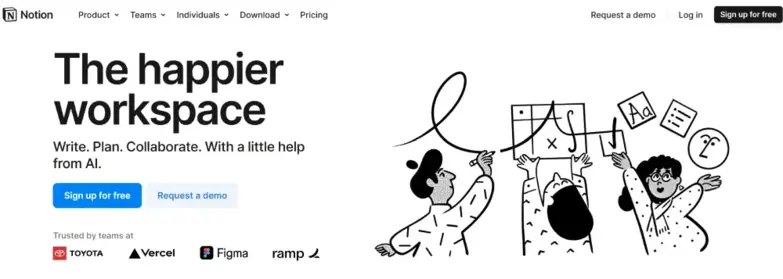
Introduction
Developed to optimize both personal and business workflows, Notion is a flexible productivity and note-taking tool that was first released in 2016 by Notion Labs, Inc. Suitable for a variety of platforms, including web browsers, Android, iOS, Windows, and MacOS, Notion provides a single workspace for activities like project management, knowledge exchange, and even taking notes.
Key Feature
- Users may customize their workplace to meet certain requirements by creating and sharing templates.
- By automating processes like content creation and summary, Notion AI increases productivity.
- Users may efficiently manage information by creating databases with different views, such as calendars, kanban boards, galleries, lists, and tables.
- GitHub, Zoom, JIRA, Slack, and more than 70 more apps are seamlessly integrated to guarantee a unified workflow.
Pros & Cons
- Enhances productivity by automating tasks such as text generation and summarization
- Seamless integration with over 70 SaaS tools, including Slack and Zoom
- Ability to fix grammar and spelling mistakes
- Customizable templates
- AI-generated content may lack depth and originality
- Dependence on AI features might lead to a reduction in the ability to think logically and creatively
Pricing
- Free: $0
- Plus: $10 per seat/month
- Business: $15 per seat/month
- Enterprise: Contact Sales
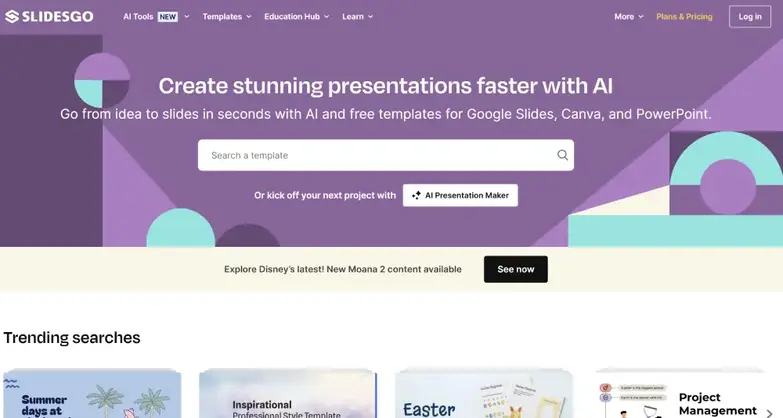
Introduction
The AI-powered presentation creation tool Slidesgo lets users quickly and effectively create editable templates. By providing industry-specific designs and recommendations for AI-generated content, it serves professionals from a range of sectors, including educators, students, and content marketers.
Key Feature
- Using a subject, tone, and style input, users may generate presentations in minutes with Slidesgo’s AI tool.
- Based on these choices, the AI then creates a customized presentation.
- The platform provides a large collection of templates that are easily adaptable to meet specific requirements, guaranteeing that every presentation is distinct and in line with the goals of the user.
- Presentations look better because of Slidesgo’s connection with Freepik and Flaticon, which gives users access to large picture and icon libraries.
- Slides’s online editor allows users to edit and modify their presentations immediately, removing the need for extra software and expediting the authoring process.
Pros & Cons
- Different templates to choose from depending upon the target audience
- Extensive selection of designs
- Many features are available for free
- Limited customized choices
- Latency and brief freezes on the Slidesgo website and customization menu
Pricing
- Month: $5.99/month
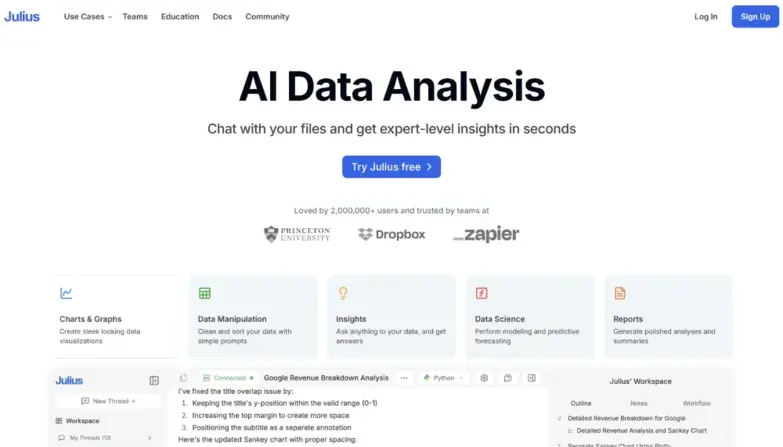
Introduction
Julus AI is an AI-powered data analysis tool intended to make complicated data procedures easier for both people and enterprises. Students may engage with data using common English by utilizing natural language processing, which removes the requirement for specialist technical knowledge. Students may now access data analysis due to this user-friendly method. Julius AI’s ability to evaluate datasets and provide perceptive visuals is advantageous for students working on research or data-intensive tasks. In order to better comprehend data trends and patterns, the platform allows users to create graphs and charts. As a virtual instructor, Julius AI adjusts to each student’s needs to deliver individualized learning experiences. It encourages active participation and a deeper comprehension of the material by providing real-time feedback.
Key Feature
- The process of accessing data is streamlined by allowing users to ask queries in simple English and get prompt, informative answers.
- Quicker data interpretation can be done, which automatically creates charts and graphs in response to user requests.
- Forecasting features on the platform allow users to foresee trends and make decisions accordingly
- Through integration with many data sources, information is centralized for thorough examination
Pros & Cons
- Accessible data analysis for those who lack technological competence
- Provides adaptable and automated graphics and efficient data display
- Renowned for providing prompt, friendly customer service
- New uses may take some time to fully exploit some advanced capabilities
- Several users have complained about poor processing rates
Pricing
- Lite: $20/month
- Standard: $45/month
- Pro: $60/month
- Team: $70/month
Quick Guide On Best AI Tools for Students
How Does AI Tools Work For Student
AI tools are sophisticated software programs that automate processes, evaluate data, and generate insightful answers using artificial intelligence. The best AI for student learning uses predictive analytics, machine learning, and natural language processing in education. They help students by automating research, providing immediate feedback, and simplifying subjects with personalized suggestions. Large datasets are processed, trends are identified, and data-driven predictions are made using AI systems. AI can also evaluate writing, identify plagiarism, and even translate languages, increasing access to education.
Why AI Tools Are Essential for Students?
AI for students is becoming indispensable in education, revolutionizing how students learn via efficiency, automation, and tailored experiences. By 2025, AI-powered systems will be able to adjust to different learning preferences, offering resources specifically designed to enhance academic achievement. AI makes learning more interesting by enhancing it with immersive simulations, virtual instructors, and real-time support. It facilitates several academic activities, including creating study materials, taking notes using transcription, and providing AI-powered research support. It ensures higher results by helping students find areas for growth through automated and individualized feedback.
Automating Repetitive Tasks:
AI technologies make mundane tasks like scheduling and taking notes more efficient. For example, AI-powered transcription services may turn lectures into text so that students can concentrate on understanding instead of taking notes by hand. Similar to this, AI-powered scheduling aides oversee school calendars, guaranteeing prompt reminders for homework and tests and minimizing administrative workloads.
Enhancing Research and Study Efficiency:
Because AI can quickly analyze large volumes of data to synthesize facts and deliver rapid insights, it speeds up the research process. Platforms like QANDA help students effectively grasp difficult topics by scanning difficulties and providing step-by-step answers using Optical Character Recognition (OCR) technology. Textual information can be efficiently digitized and managed with the help of OCR, which transforms handwritten or printed text from photos or scanned documents and changes them into editable data.
Offering Personalized Learning Experiences:
AI creates study schedules and resources customized to each student’s needs. Utilizing adaptive learning algorithms, Squirrel AI learning tailors courses according to each student’s performance and preferred learning method, guaranteeing focused assistance and enhanced learning results.
Improving Overall Student Productivity:
Artificial Intelligence (AI) tools increase student productivity by improving concentration and time management. To promote improved time management and efficiency, AI-powered apps can create study plans, provide reminders, and even recommend the best time to study based on personal preferences.
Personalized Learning:
AI uses an Intelligent Adaptive Learning System (IALS) to divide subjects into granular “knowledge points.” To ensure that every student receives individualized support, AI-driven systems evaluate enormous volumes of data and modify content, speed, and teaching methods. This method creates more effective learning routes by enabling the system to pinpoint certain learning gaps and deliver training that is specifically tailored to them. Over a million students are being served by the more than 2,000 learning facilities AI has set up around Asia.
Writing and Language Assistance:
AI writing tools help students with idea development, structure, and drafting by producing human-like content in response to prompts. These tools may be used to create essays, articles, project reports, and other creative materials. Students can improve their writing abilities and grammar with such assistance. Additionally, by guiding coherence and clarity, they help students strengthen their communication skills and generate well-written articles.
How Should Students Choose the Right AI Tool for Their Needs?
Ease of Use (Beginner-friendly UI)
The first step is to identify particular learning difficulties. For example, AI-powered flashcard applications like Quizlet, which include audio readings and a huge library of study sets, may be helpful for students who have trouble remembering information. On the other hand, Khan Academy, which offers AI-driven individualized learning experiences, is a good option for people who need help with arithmetic. Students can choose AI tools that are specifically designed to target their issues by identifying the areas that need attention.
Features vs. Needs
It is essential to match the tool’s characteristics with individual learning goals. Students should choose AI tools with applicable functions after determining their unique demands, such as learning difficult courses, expanding their vocabulary, or increasing their writing abilities. This focused strategy guarantees that the instrument fulfills its intended function.
Free vs. Premium Versions
It is crucial to assess the distinctions between the free and paid versions. Premium versions frequently provide sophisticated features like individualized learning routes, comprehensive statistics, and ad-free experiences, whereas free versions only offer the most basic functions. When choosing between the two, students should consider their financial limitations and learning needs.
Integration With Other Study Apps
The usefulness of an AI tool increases when it can be integrated with other study programs. For example, an app for flashcards that connects to note-taking systems facilitates the smooth transfer of knowledge and encourages a consistent study schedule. Thanks to integration features, students may build a customized and effective learning ecology.
Limitations of AI Tools for Students
Overreliance on Technology
Students who are overly dependent on AI tools may develop a superficial understanding of subjects because they value convenience over in-depth learning, which could reduce their thinking and problem-solving abilities.
Limited Understanding
Artificial intelligence (AI) can offer prompt solutions, but it cannot take the place of in-depth knowledge acquired from traditional research techniques. Pupils may be given material without fully understanding the underlying ideas, resulting in knowledge gaps and making it difficult for them to apply what they have learned in practical solutions.
Privacy Concerns
Students may unintentionally reveal personal information, leaving them open to privacy violations. Significant privacy concerns are brought up by this data collection, including the possibility of sensitive information being misused, illegal access, and data breaches. Students may unintentionally reveal private information, leaving them open to privacy abuses.
Reduction in Creativity
AI might hinder creativity when used to solve issues or create content. Instead of using their imaginations and coming up with fresh ideas, students may rely on AI-generated answers and become passive consumers of information. The development of creative abilities necessary for both professional and personal development may be hampered by this dependence.
Ethical Concerns
The use of AI in education raises moral questions, including the possibility of academic dishonesty and the degradation of academic integrity. The educational process might be undermined if students abuse AI technologies to do homework dishonestly. Furthermore, the biases included in AI algorithms have the potential to reinforce current disparities, resulting in unjust outcomes and treatment.
Future of AI in Student Learning
It is expected that future AI-powered teaching resources will provide highly customized learning experiences that can be adjusted to each student’s requirements and preferred method of learning. These tools will pinpoint knowledge gaps, offer immediate feedback, and recommend relevant materials to improve comprehension. AI is also predicted to automate administrative duties like lesson preparation and grading, freeing up teachers to concentrate more on interactive instruction. These AI-powered tools improve learning by helping students solve problems and offering tailored advice. AI-powered virtual classrooms provide a dynamic, adaptable learning environment that lets students interact with course materials from any location. A number of ethical issues are brought up by the use of the best AI for students, such as algorithmic bias, data privacy, and the possible loss of human involvement in the learning process.
Final Thoughts
The best AI tools for students can be greatly improved by encouraging them to try AI technologies. Applications with AI tools for education with practice question generation, study material organization, and individualized feedback, all of which contribute to more effective learning outcomes. Students may cultivate critical thinking and adjust toward technical education. AI is changing education by automating administrative duties and providing individualized learning experiences.
FAQs
Which AI tools are best for assignments?
AI learning tools like QANDA, Brainly, and Turnitin are best for assignments. QANDA can be used to scan any problem in the assignment and provide an alternative solution step-by-step, especially in mathematics. Brainly can help students answer their homework questions in different subjects. Finally, Turnitin is one of the best AI tools for college students to help them prevent their assignments from being plagiarized and AI-written.
Can AI tools replace human teachers?
Using AI in education is a great help in the classroom; it cannot completely replace human teachers. While AI can streamline administrative processes and deliver individualized tutoring, it lacks the emotional intelligence, flexibility, and mentoring that come with working with human educators. It is ideal to think about AI study helpers as an addition to traditional teaching techniques, improving learning rather than taking the place of human teachers.
Which AI tool is best for studying?
Many free AI tools for students are available. For the purpose of studying, students can use tools like ChatGPT and AI-powered virtual tutors. ChatGPT helps the student brainstorm ideas, summarize information, and explain different subjects. AI-powered virtual tutors are created by some educational institutions for interactive learning.
Are AI tools safe for students?
Yes, AI tools are absolutely safe for students to use. However, students need to undergo several safety measures like data privacy, academic integrity, and content accuracy. Information produced by AI for college students might not always be trustworthy or correct, which might cause problems.
Are there any risks to using AI tools in education?
Using AI in the classroom indeed has several hazards, including an excessive dependence on technology, the possibility of prejudice in AI algorithms, privacy issues, and academic dishonesty. Furthermore, content produced by AI may occasionally be false or deceptive, necessitating that students assess information critically and that teachers put appropriate policies in place for the responsible use of AI.
- Key Takeaways
- Best AI Tools for Students Explained
- Quick Guide On Best AI Tools for Students
- How Do AI Tools Work for Students?
- Why AI Tools Are Essential for Students
- How Should Students Choose the Right AI Tool
- Limitations of AI Tools for Students
- Future of AI in Student Learning
- Final Thought
- FAQs
SHARE

